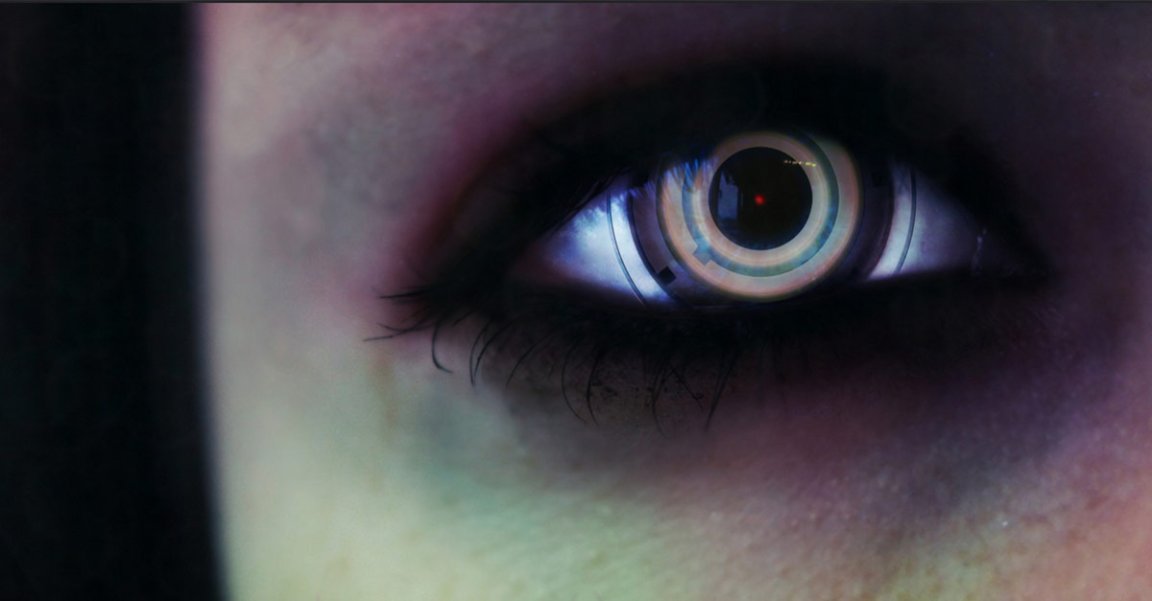
A New Kind of Vision
Adding to the recent buzz surrounding the development of bionic eye systems is news of scientists from Australia who are set to begin trials on The Phoenix99 bionic eye—a fully implantable system that marks a significant breakthrough in neural stimulation technology.
The device, developed by engineers at the University of New South Wales (UNSW), has already been demonstrated successfully in pre-clinical work led by a team of elite surgical experts from Sydney, and it is expected to give patients better vision than any of the current restoration technologies.
Most recently, this initiative received another big push forward, as the team behind the work received more funding to move the research into the next phase: Human implantation.
The Phoenix99
“We were really excited by the first trial because it proved the technology and implementation technique works,” says Gregg Suaning, one of the inventors of the bionic system. “Patients ‘learn’ to use the technology, in the same way a person implanted with a cochlear ear implant ‘learns’ to hear electrical impulses.”
The scientists behind the study have been researching bionic eye technology as far back as 1997 in the hopes of helping people suffering from retinitis pigmentosa, a degenerative condition that causes individuals to lose their eyesight beginning in their 30s and often leads to complete blindness in a span of 10 years. Notably, the condition affects nearly 2 million people around the world, and while advances have shown that medication can slow it down, scientists have yet to find a way to reverse the degeneration.
However, bionic technology could be a way to restore sight.
The team reports that the Phonenix99 devices that are schedule for human trials are fully implantable and will offer better vision than any available technology. The plan is to implant the Phoenix99 to a dozen patients in the next two years. Surgery will take about two to three hours, and the only evidence of the bionic implant is the small disc behind the ear that transmits power and data to the device, which will then deliver electrical impulses to the eye.
Users will also be wearing a pair of glasses outfitted with a small camera, which will help stimulation of nerve cells in the patients’ retinas and send signals to the brain’s visual cortex.
